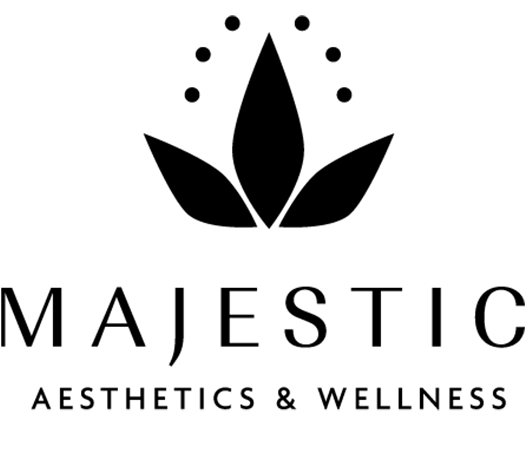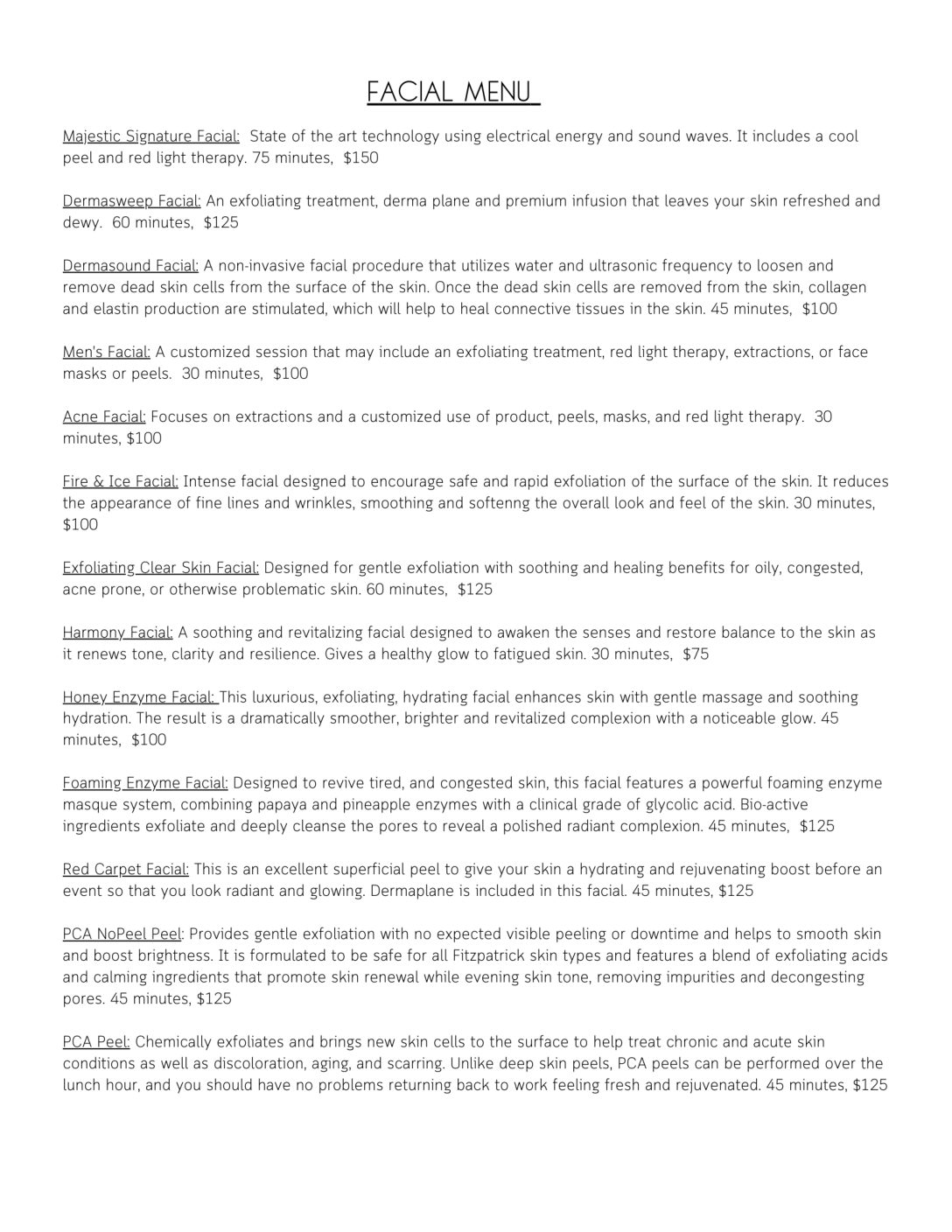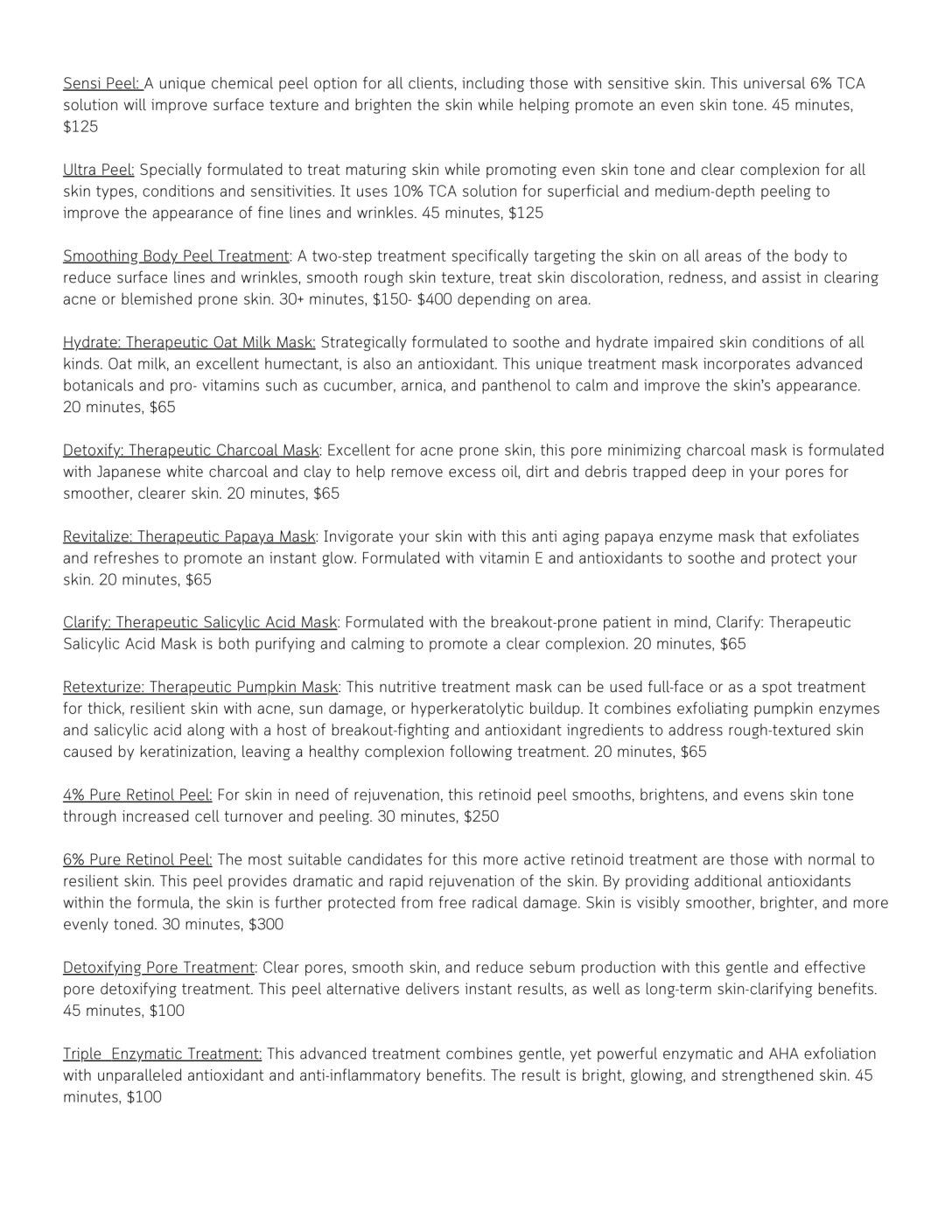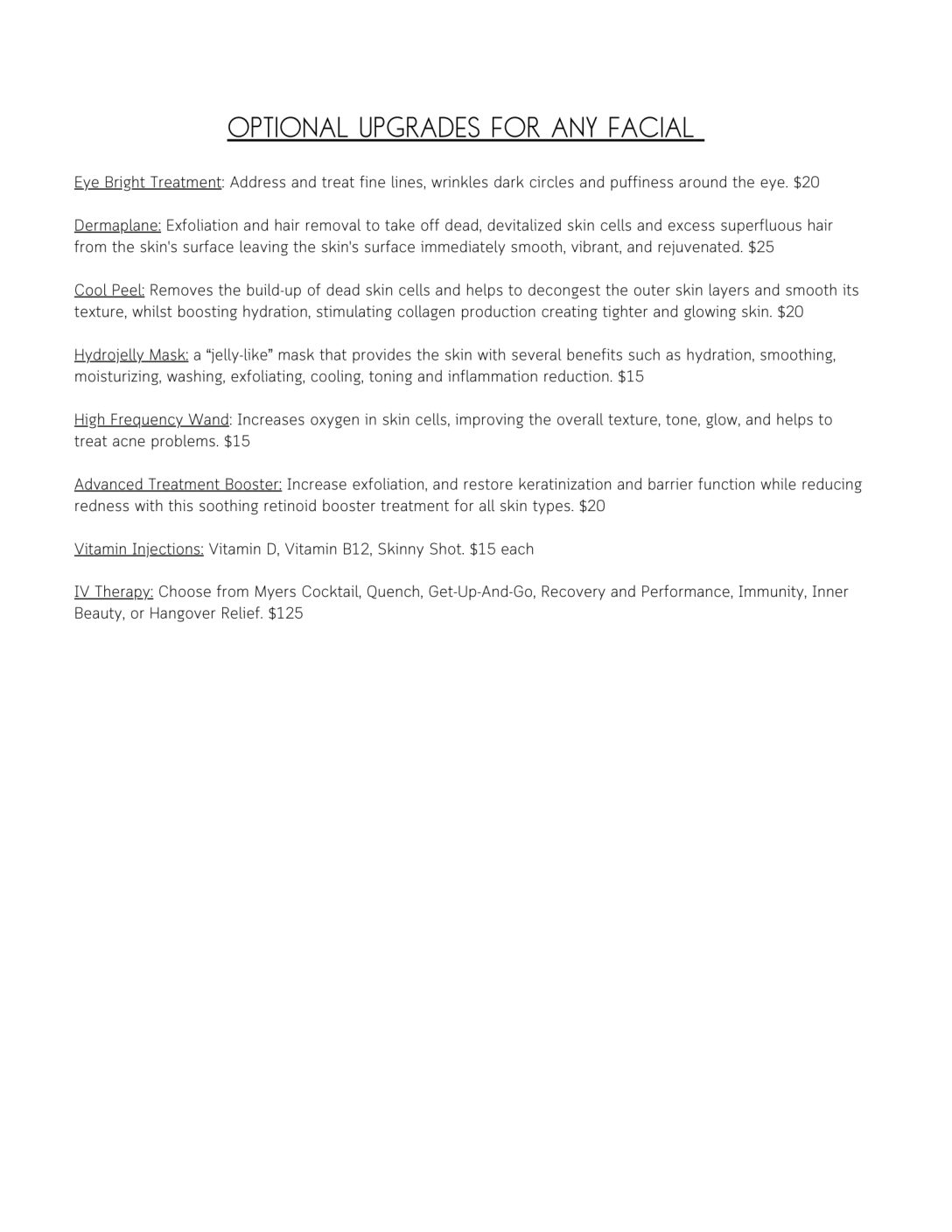I have a life long interest in the Indian Sub-continent and Japan. I travel a great deal to the East and I am often consulted about problems in Asian skin. So, over the years I have accumulated quite a large experience in treating their main cosmetic problems. The problems that I have seen are similar, in a way, to those seen in the West, but are also very different. There are regional differences, which need to be kept in mind.
Aesthetically, Indian, Malaysian and Indonesian people admire lighter skin, but of course I don’t mean that they want to look like pale Westerners. They desire the lovely medium brown skin between type IV and V, and they want this colour to be uniform over their whole face. However, amongst these people the major cosmetic problem that confronts the therapist are the dark rings around the eyes in adults. This gets more common in older people and makes the client look older and exhausted.
The precise cause for this is not fully understood but my experience has shown me that virtually all of the pigmentation is due to melanin. In some cases there is some deposition of iron in the tissues and no one has a clear answer as to why this happens. The iron comes from blood stream or from some metabolic differences that lead to an accumulation of iron in the thin tissues of the eyelids. There is no doubt that presence of the iron causes an increased load on the antioxidant system because iron facilitates the release of hydroxyl free radicals from hydrogen peroxide in the tissues. That means that the locally available antioxidant brigade of Vitamins C, E, Alpha Lipoic Acid, Glutathione, and Coenzyme Q10 are diminished and the free radicals can then wreak havoc and destroy cellular and extra-cellular structures. As a result collagen and elastin are destroyed and so the skin becomes wrinkled and starts to sag. I am sure that you have noticed that people with this problem often have fine wrinkles of the eyelid skin ahead of their time.
The free radicals age the skin and also facilitate the formation of melanin. Melanin needs an oxidizing atmosphere to be formed. If there is a lot of oxygen in the area, that would only mean more molecular oxygen (O2). The oxidizing effects we are talking about are in fact the chemical reactions of oxygen free radicals (derived from O2 ) that result in a chain reaction with the production of thousands of free radicals in a fraction of a second. This oxidizing atmosphere facilitates the production of melanin. This is an important point to remember, because when you are trying to lighten skin you need to promote the exact opposite atmosphere in order to slow down the production of melanin. In this case, we need a reducing atmosphere in the interior of the mitochondria (the powerhouse of the cell) where melanin is made. This is an overwhelmingly water phase and here vitamin C (ascorbic acid) has a very important role to play in that it induces a reducing atmosphere and thereby restricts the production of melanin. Of course, ascorbic acid also has another important role to inhibit tyrosinase, which prevents an important step in the synthesis of melanin.
What can we do about dark rings?
I know that I cannot do anything about the iron in the tissues around the eyes (maybe an indication for chelation?). But I have found that we can still improve these dark rings by using vitamins A and C with a rather high chance of success. Vitamin A is easily absorbed into the eyelid skin and so is vitamin C, because the horny layer in this area is thinner than in other areas of the face. The horny layer is the main barrier to the penetration of ingredients through the skin, therefore its easier for active ingredients will pass through eyelid skin. The delicate nature of this area is why I avoid lactic, glycolic, kojic or azelaic acids. I believe that these chemicals should be saved for resistant pigmentation that will not budge after prolonged use of vitamin A, C and sunscreens.
Initially start with a low dose product of vitamin A to acclimatize the skin by building up the vitamin A receptors on the cell walls and also the enzymes involved in the metabolism. That means that the vitamin A applied topically will more easily be converted in the cells into retinyl palmitate, and from there into retinol, retinyl aldehyde and then retinoic acid (active version of vitamin A). More nuclear receptors for vitamin A will also develop on the nuclear membrane and that will allow more retinoic acid to enter the nucleus and work its magic on the DNA of the cells. One of its effects is to reduce the amount of melanin made by the melanocyte down to the constitutional level of melanin of that particular individual. It will not lighten the skin anymore than that, so people need not worry that the melanocyte will be prevented totally from making melanin. While there are some individuals with dark rings around their eyes, which respond to low levels of vitamin A, most, like me, require higher doses of vitamin A. I had dark rings around my eyes and was constantly told that looked tired. Once I got onto high doses of topical vitamin A, the skin around my eyes became the same colour as my face. I am one of the lucky people who can migrate up onto high levels of vitamin A around the eyes without causing puffy eyes. Other people have more sensitive eyelid skin and they need to rely more on vitamin C and use lower doses of vitamin A around the eyes. Of course, the skin care that I use also contains vitamin C and other antioxidants, so I cannot really know whether it was the vitamin A on its own or the combination that was effective. Nevertheless, we know vitamin A is important but works better in conjunction with vitamin C.
The use of vitamin C in the area around the eye raises a problem because the skin is delicate and many people cannot tolerate an ascorbic acid based gel with a pH of about 2. This stings them too much so they really need to use a gentler form of vitamin C. I prefer either the water-based Magnesium (or sodium) ascorbyl-phosphate or an oil soluble version of vitamin C like ascorbyl tetra-isopalmitate.
Magnesium (or sodium) ascorbyl-phosphate, which is an excellent form of vitamin C, is pretty neutral and is easily absorbed at that pH. Ascorbyl tetra-isopalmitate is currently setting the gold standard for penetration and enhanced ascorbic acid effects. More about that later…
People with dark rings around their eyes should ideally use a combination of topical vitamin A and vitamin C. The results may be slow in developing but it will eventually reward the patience of those who persist. It is important to bear in mind that you should only start looking for results when your client has graduated onto the higher levels if vitamin A and C.
In some cases, I recommend an added product using an oily version of vitamin C that has been extremely effective in my work. Look for products containing high dose ascorbyl tetra-isopalmitate because by combining them with high dose vitamin A products you may get your most gratifying results when treating clients with dark rings around the eyes.
I told you that the free radical activity could easily have destroyed the collagen and elastin and the eyelids may look more wrinkled than the client desires. The advantage of using vitamin A and C in high doses is that the wrinkles will also be reduced.
Of course, one could hasten the result by using iontophoresis and even sonophoresis. I mean really sonophoresis, which can safely be used near the eye and not ultra-sound, which has a much higher energy. Treatments like these take about an hour in total and need to be done at least once a week for a minimum of about 24 treatments. When using iontophoresis make sure to use the freshest product possible otherwise you will not be getting the full power of vitamin C. The only really stable versions of vitamin C available are oil soluble and these molecules cannot be used for iontophoresis. Use Ascorbic acid, or one of the ascorbyl phosphate forms: these are generally either sodium or magnesium salts.
I have found that a rapidly pulsed current has given me the best results for iontophoresis. In this regard I also disagree with many teachers of iontophoresis who believe that the eye area should be excluded. Of course, if you use rollers, then you simply cannot treat the eye area with iontophoresis. I recommend using an electrical field passing through electrical leads attached to special gauze (Haize gauzeâ), which is the most efficient conductor that I have found. I can cover the whole face and include the eyes. That ensures that iontophoresis occurs over the delicate skin of the eyelids. You could use cotton gauze but it won’t be as effective. In this line of treatment, every little advantage counts and can make the difference between a satisfied client and an unhappy one.
The electrical charge (usually negative in the products that I use) will repel the negatively charged ion of the ascorbic acid molecule, which will then re-associate deeper in the cells eventually as vitamin C. The amount of vitamin C that gets into the cell could be up to 400% more than what you could get by simply applying the vitamin C onto the skin. The ascorbic acid will help to induce an antioxidant atmosphere and also inhibit tyrosinase. This will reduce the amount of melanin made, but of course this is not permanent which is why it is essential to combine this treatment with a good skin care system delivering adequate doses of vitamin A and C to the skin. Without a good home care system, you may not get nearly enough good results, whereas with proper products the changes can be impressive.
One last word of advice: make sure that your client uses a sunscreen to protect the gains that you achieve for your client. This is a real problem because here you need a very stable effective sunscreen that does not contain organic sunscreens because they are oil based and tend to run into the eye and cause stinging.
Dark brown to black or even purple shades around the eyes are not attractive to most people and I have found a great deal of success and happiness in treating these people with simple physiological agents that not only solve the problem but make skin healthier.






